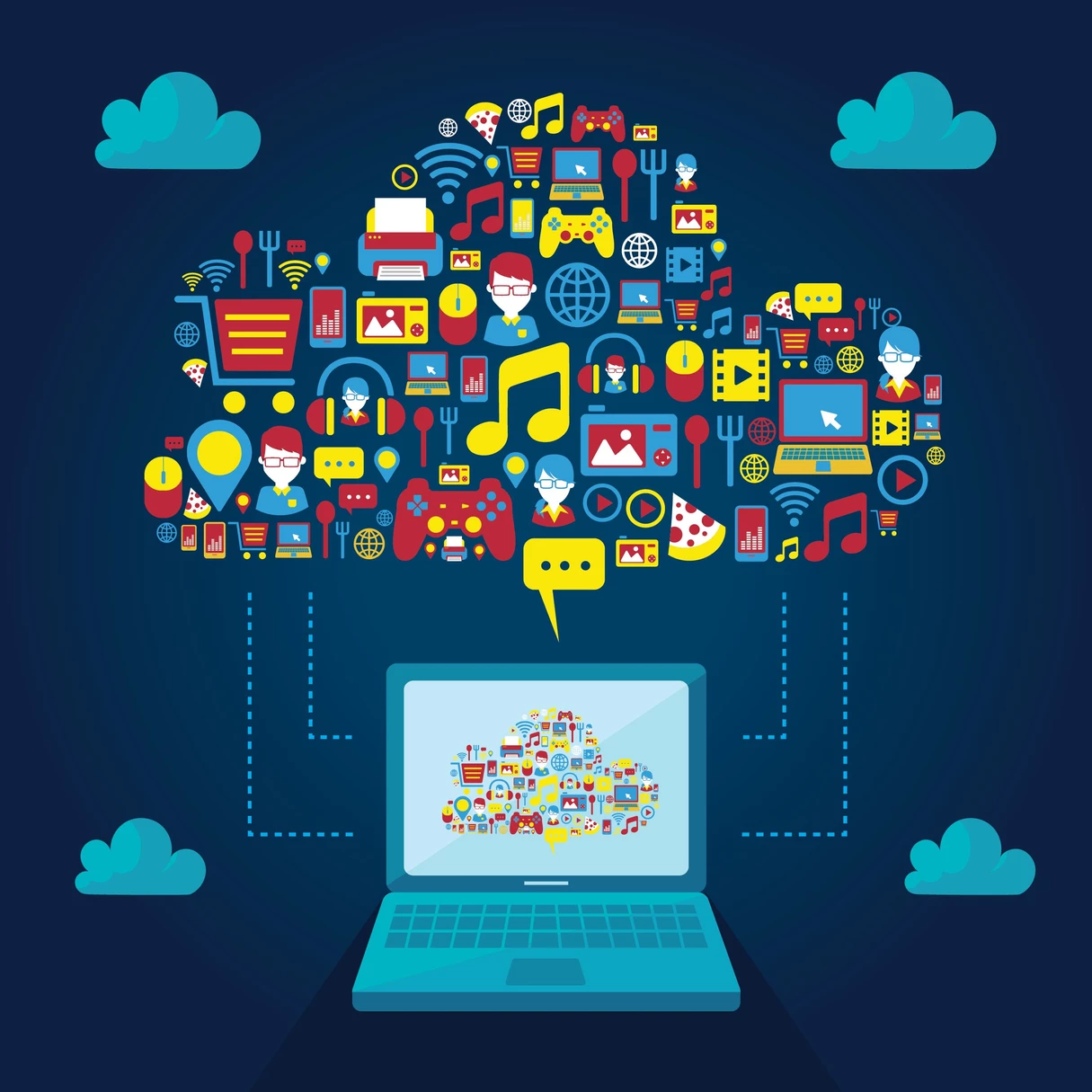
Edge Computing: Exactly What Is It?
Amazon, Google, and Microsoft are all familiar names and have earned our trust in regard to personal data. We trust them so much, that we now let them control our computers, including the ones built into our cars, televisions, even our toasters.
And that my friends, is what Edge Computing is. Edge is another buzzword, like cloud and “IoT”. The mean everything, yet they mean nothing. But what exactly is Edge Computing?
Where Did It All Start?
At the beginning of the computerized world, there was only one computer, a big one, but there was only one. Then came the era of Unix and it taught us how to connect to that one big computer via dumb terminals. Then came the personal computer era and anyone could own a computer that worked with its own ‘brain’.
Then, in 2018, came the era of cloud computing. While most of us own a personal computer, still to this day, they are used mostly to access services such as Dropbox, Gmail, and Office 365.
Devices such as Amazon Echo, Apple TV, and Google Chromecast, are powered by content from the cloud versus the DVD box or CD-ROM that are popular in personal computer use.
Most New Cloud Opportunities Are Found At The “Edge”
Cloud computing is truly amazing and there is a large number of companies around the globe that depend on the infrastructure and hosting, from a handful of cloud providers like Amazon, Google, Microsoft, and IBM, with Amazon being the largest “public cloud”.
The New Buzzword Needs Your Attention
So, what is “edge”? The word edge literally means geographic distribution when used in this new content. T is computing that is done at the source of the data and does not rely on the cloud found in any one of the dozen data centers. No, the cloud isn’t going to disappear, it is simply coming to you instead.
The Benefits Of Edge Computer Are Not Guaranteed
Those commands and requests that you issue to those voice assistant devices are resolved in the cloud and have a noticeable roundtrip. Your Amazon Echo processes your command by sending a compressed version to the cloud where it is uncompressed then processed. This may require it being pinged to a different API elsewhere to get the weather. And then finally, your Amazon Echo receives the information you requested. Whew!
So, The Edge allows Amazon to do more processing on your Amazon Echo device without having to depend on the cloud, thus answering your request faster. And for Amazon, it is a less expensive server, and with more work completed locally, the end user (you and me) are granted more privacy.
